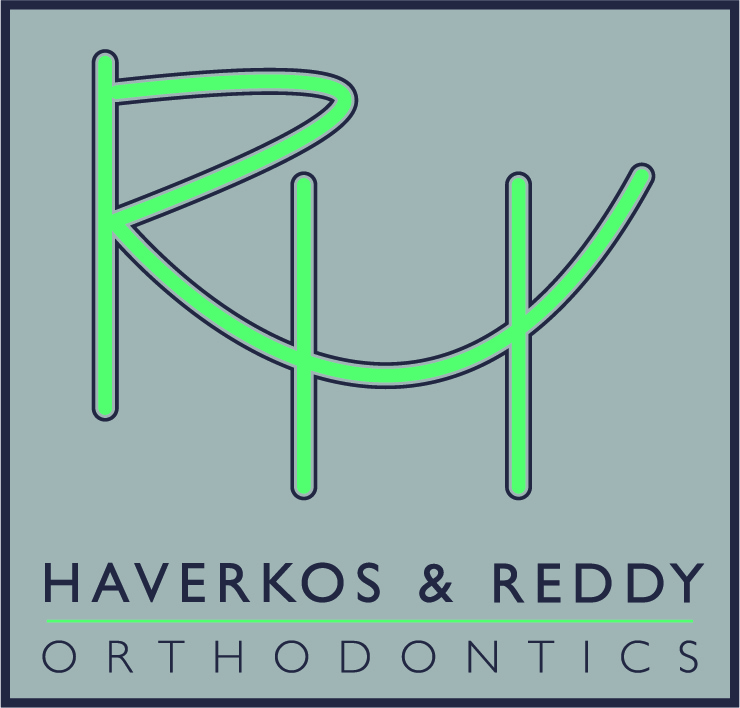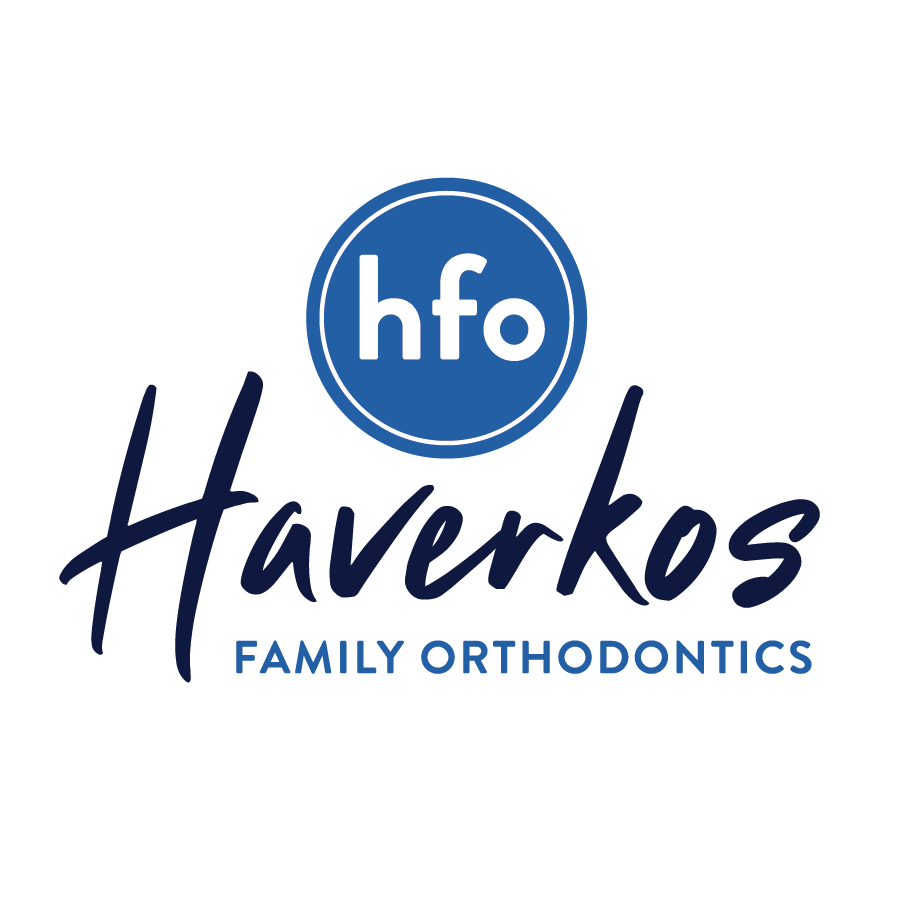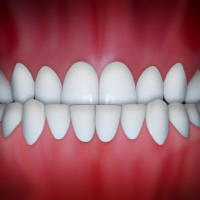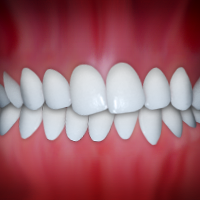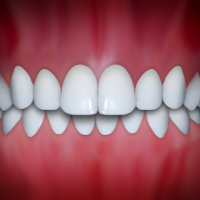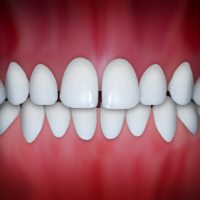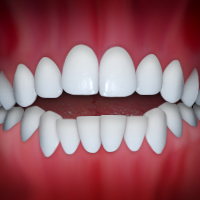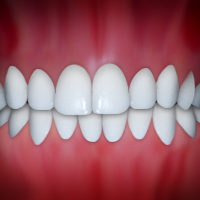Post-Orthodontic Care
Retention typically involves wearing an orthodontic appliance called a retainer and it is a critical part of your treatment plan. Several different kinds of retainers are available, all of which are custom-made just for you. We will recommend the type (or types) that will work best in your individual case.
Teeth aren’t set rigidly in the jawbone, they’re held in place by a network of fibers called the periodontal ligaments. After your teeth have been moved, it takes several months for the periodontal ligament to adjust to the new position. In order to keep your newly straight smile, it’s essential to wear your retainer as directed.
The same day your braces are removed, you will be fitted for a retainer. Your teeth will be thoroughly cleaned, we may take another set of X-rays and/or bite impressions, to check how well your braces worked and to see how much your wisdom teeth have developed. Then, we’ll discuss your retainer and start getting it ready.
Three Types of Retainers
There are three basic types of retainers available today. The most common is the “Hawley” retainer which is a thin, tongue-shaped piece of acrylic molded to fit your mouth and includes a wire that holds your teeth in position. The Hawley retainer is simple, durable and easily removed.
Another popular style of retainer is a clear aligner-type, which looks similar to the Invisalign® tray system. These retainers are custom-made of thin, transparent plastic which is designed to fit precisely over your teeth. The main advantage of this type of retainer is its virtual invisibility. However, this type of retainer is less durable than the Hawleys and is not recommended for patients who grind their teeth.
Finally, fixed retainers aren’t removable by the wearer but aren’t visible either. Like lingual braces, this system uses a wire which is bonded to the tongue side of the teeth. It may remain in place for months, or longer. This type of retainer is recommended when there’s a high risk that teeth could revert to their former position.
A Period of Adjustment
After a short time, most people adjust quite well to wearing a retainer. Some short-term side-effects include an increased amount of saliva production and temporary speech impairment. Be sure to take out your retainer to eat or brush your teeth, this will be a nice change from braces. Your treatment plan will include a schedule to wear your retainer which will start out as a 24/7 schedule and will slowly shift to just a few nights a week.
Maintaining — and Retaining — Your Retainer
All retainers need proper cleaning. A Hawley-type retainer can be brushed gently with a regular toothbrush. Denture cleaners, in powder or tablet form, as well as special retainer cleaners, can be used to clean most removable retainers. Fixed retainers are cleaned by brushing and flossing; a floss threader or interproximal brush can be used when needed. Avoid excess heat from very hot water or leaving your retainer close to a heat source. The heat will warp your retainer and render it useless.
